Gansu, a jade ruyi inlaid on the ancient Silk Road
The mountain with the most colors in China: Zhangye Danxia landform
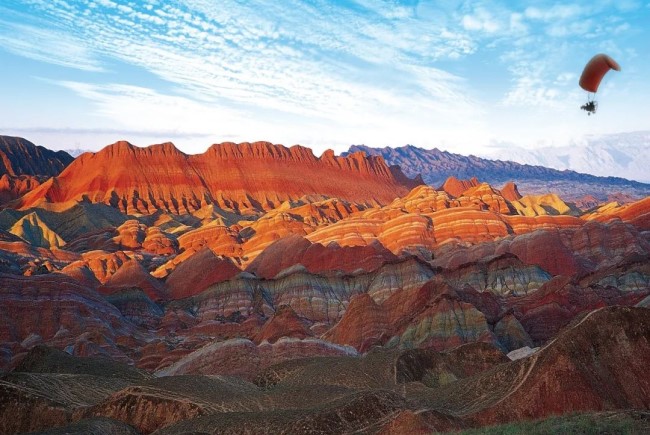
Zhangye Danxia is a wonder of the natural world and an imposing and magnificent sight, with its peculiar shapes and gorgeous colors. Spanning an area of more than 50 square kilometers, there is a wide range of vibrant colors painting the landscape. It is also the only complex area of Danxia landform and colorful hilly landscape in China.
Excavation site of national treasure "Bronze Galloping Horse"
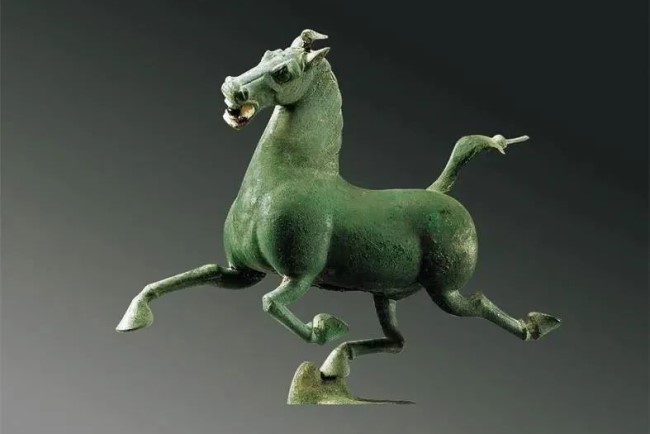
The Bronze Galloping Horse, also known as the Horse Stepping on the Flying Swallow, is a national treasure-level cultural relic unearthed from a brick tomb of the late Eastern Han Dynasty (206 BC – AD 220) in Wuwei city. In 1983, it was selected as a trademark for Chinese tourism by the China National Tourism Administration thanks to its exquisite craftsmanship.
Giant Buddha Temple

The Giant Buddha Temple in Zhangye city contains the biggest indoor sleeping Buddha in all of China. It is an important scenic spot on the Silk Road and is under State-level protection.
The first loess tableland under the heavens: Dongzhi loess tableland
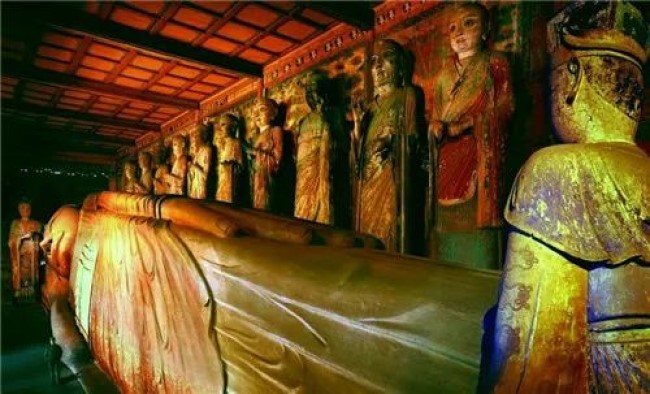
Dongzhi loess tableland is the largest complete tableland on the Chinese Loess Plateau.
The Chinese medical classic Yellow Emperor's Inner Canon was born here, and Buzhu, an ancestor of the Zhou dynasty (c.11th century to 771 BC), taught people farming here.
The largest army horse farm in Asia: Shandan Army Horse-breeding Farm
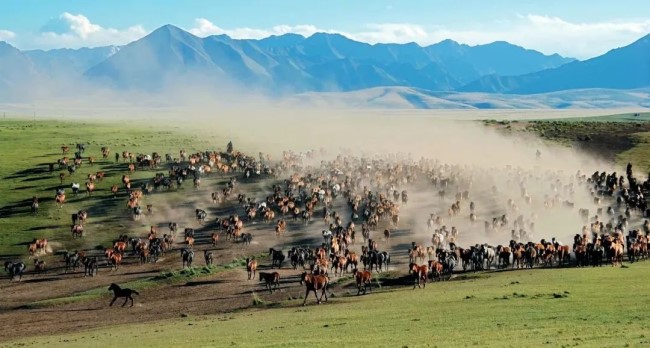
The Shandan Army Horse-breeding Farm is the oldest royal horse farm in the world and used to be Asia's largest army horse-breeding farm, and the world's second-largest after Don Horse Farm in the Soviet Union. Travelers can see thousands of horses galloping on the grasslands here.
Oriental Sculpture Art Exhibition Hall: Maijishan Grottoes
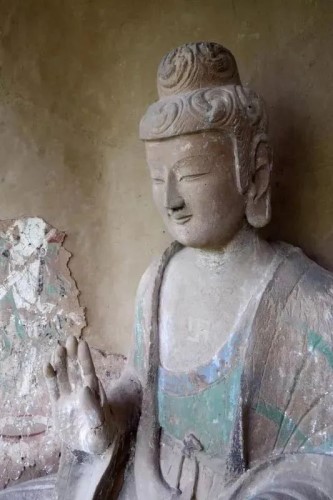
The Maijishan Grottoes are situated south of Tianshui, the hometown of Fuxi, one of the legendary ancestors of the Chinese nation. The construction of the grottoes and Buddha statues on the Maiji Mountain flourished during the Sixteen Kingdoms period (304-439). Along with the Longmen, Yungang and Mogao grottoes, it is noted as one of the four best known Chinese Buddhist temple grottoes.
The first Yellow River bridge under the heavens: Zhongshan Bridge
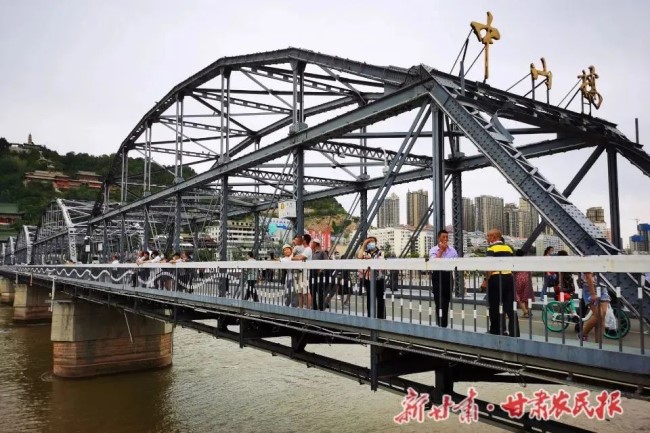
Zhongshan Bridge was the first truly permanent bridge on the Yellow River, and is located at the foot of Baita Mountain in the north of Lanzhou, capital of Gansu province.





 Print
Print Mail
Mail
